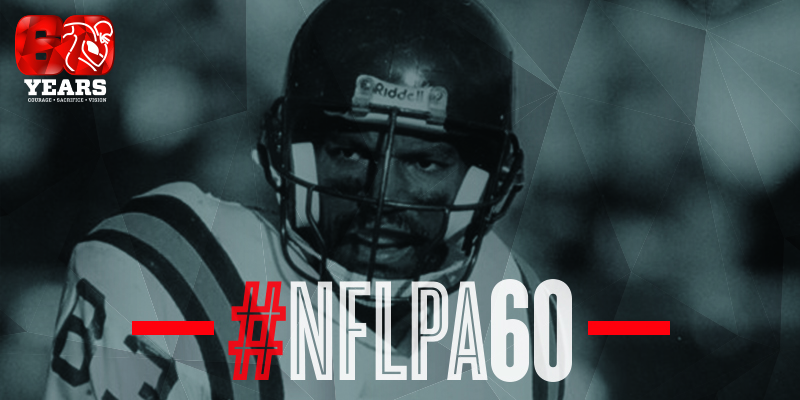60 Heroes: Hitting the Ground Running

In 1982, when Steve Jordan entered the league in the midst of a player strike, he likely didn’t expect to be at the forefront just a few years later. But Jordan’s involvement in the fight for players’ rights grew, and he became one of the named plaintiffs in the NFLPA's antitrust lawsuit against the NFL at the end of the player strike in 1987. The lawsuit challenged the owners' rights to continue the first refusal/compensation restrictions on free agents from the previous CBA, which had expired before the strike.
While Jordan was on the front lines of an off-field battle with the NFL, he prospered on the field. The former Brown University tight end was selected to six consecutive Pro Bowls from 1986 to 1991. He spent his entire 13-year career with the team that drafted him, the Minnesota Vikings, representing the team as their Player Rep. Jordan went on to be a member of the NFLPA’s Executive Committee and became a union Vice President in 1994. His involvement with the NFLPA, specifically in the 1987 lawsuits, helped lead to a landmark collective bargaining agreement in the early '90s, which brought unrestricted free agency to the NFL.
After his retirement in 1994, the Ivy League alum, who spent many of his offseasons working as a civil engineer, moved back to his home state of Arizona, where he works for a construction company. In 2011, he watched his son Cam enter the NFL in the middle of a lockout—not too differently than how he entered the league almost three decades prior.